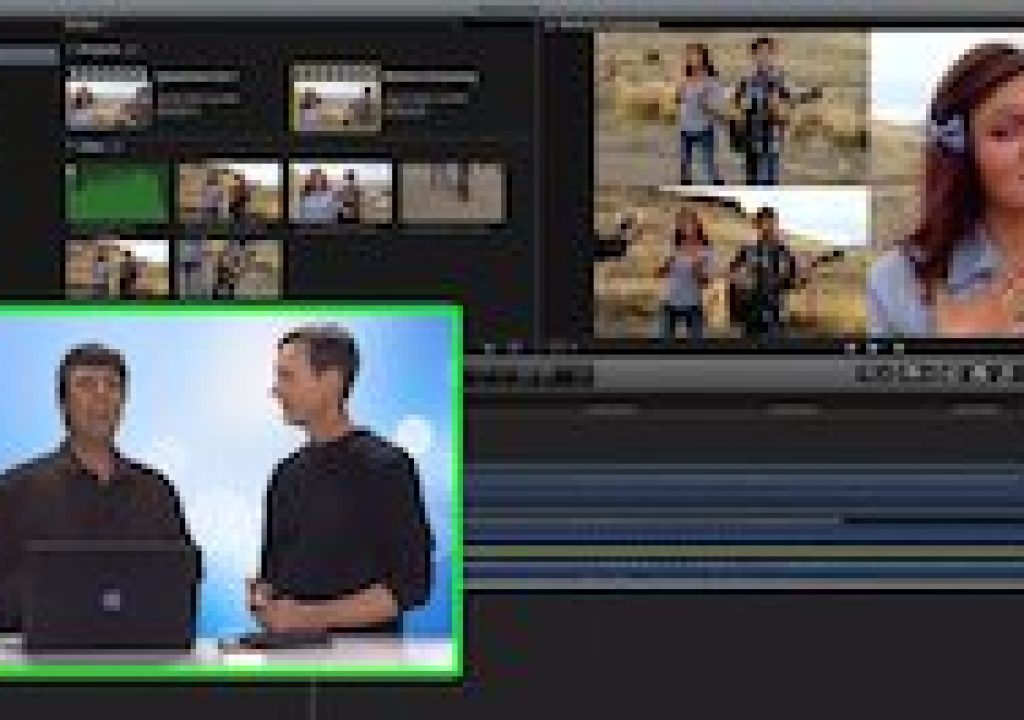That is essentially what Steve Martin from Ripple Training shows us how to do in this week's episode of MacBreak Studio. So why would you want to?
When editing a multi-camera shoot in Final Cut Pro X, you first create a multicam clip, which contains each camera angle from the shoot combined into a single clip. After checking sync, you place this clip into a project, and the currently active angle appears in the Viewer. Opening the Angle Viewer (Shift-Command-7 for you keyboard junkies) reveals all the angles contained in the multicam clip displayed in a grid (a “bank”) of up to 16 angles at a time (up to 64 angles can be contained in a multicam clip all together). You can then use the angle viewer to cut from one angle to another (in real time as the project plays if you want, assuming you have adequate throughput and processing power to do so).
But what if you wanted to see more than one angle at a time in the project itself? Perhaps to do a split screen effect (showing part of the frame of more than one camera angle) or to show the full frame of several cameras at once?
Doing so requires a simple three-step process. First, duplicate the multicam clip as a connected clip for each additional angle you want to see. Second, change the active angle for each of the duplicates – either by right-clicking and using the menu or by using the angle viewer (use the Option key when selecting an angle to make a switch rather than a cut). By the way, enabling Clip Skimming will make it a lot easier to quickly identify the active angle for each clip. And third, use the Transform or Crop controls to manipulate the scale, position, and cropping of each angle to create the arrangement you want. You can do so using the menu at the bottom left of the viewer to access on-screen controls, or use the Video Inspector for more precise adjustments.
By transforming and/or cropping these multicam clip copies, you have complete creative control to show as many angles, or part of angles, as you like. And you can keyframe these properties to change over time if your subject framing changes.

